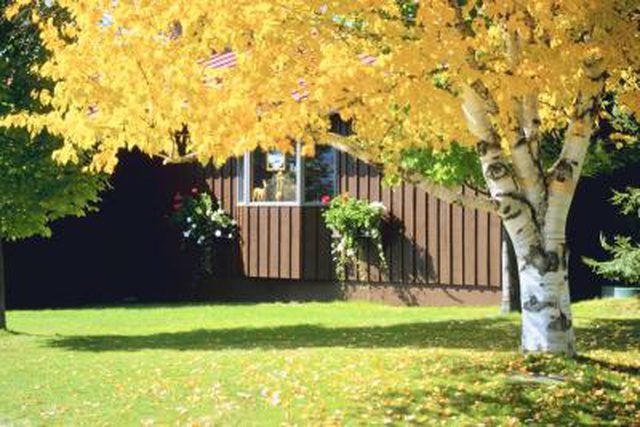Bulbs
Flower Basics
Flower Beds & Specialty Gardens
Flower Garden
Garden Furniture
Garden Gnomes
Garden Seeds
Garden Sheds
Garden Statues
Garden Tools & Supplies
Gardening Basics
Green & Organic
Groundcovers & Vines
Growing Annuals
Growing Basil
Growing Beans
Growing Berries
Growing Blueberries
Growing Cactus
Growing Corn
Growing Cotton
Growing Edibles
Growing Flowers
Growing Garlic
Growing Grapes
Growing Grass
Growing Herbs
Growing Jasmine
Growing Mint
Growing Mushrooms
Orchids
Growing Peanuts
Growing Perennials
Growing Plants
Growing Rosemary
Growing Roses
Growing Strawberries
Growing Sunflowers
Growing Thyme
Growing Tomatoes
Growing Tulips
Growing Vegetables
Herb Basics
Herb Garden
Indoor Growing
Landscaping Basics
Landscaping Patios
Landscaping Plants
Landscaping Shrubs
Landscaping Trees
Landscaping Walks & Pathways
Lawn Basics
Lawn Maintenance
Lawn Mowers
Lawn Ornaments
Lawn Planting
Lawn Tools
Outdoor Growing
Overall Landscape Planning
Pests, Weeds & Problems
Plant Basics
Rock Garden
Rose Garden
Shrubs
Soil
Specialty Gardens
Trees
Vegetable Garden
Yard Maintenance
How to Camouflage a Septic Mound System in the Backyard
How to Camouflage a Septic Mound System in the Backyard. A septic mound system can be a real eyesore in your backyard. Planting and props can be convenient ways to camouflage the mound so that it fits in better with your overall home landscape. Because of the ground conditions, special care and consideration must be taken when planting on or near...

A septic mound system can be a real eyesore in your backyard. Planting and props can be convenient ways to camouflage the mound so that it fits in better with your overall home landscape. Because of the ground conditions, special care and consideration must be taken when planting on or near your sewer system. Learn how to do it right so that upkeep is minimal.
Things You'll Need
Gloves
Wheelbarrow
Shovel
Topsoil
Plants
Trees
Shrubs
Decorative planter
Mock rock
Consult your local septic experts to find out what plantings are appropriate for your specific sewer system.
Decide what kind of grass, plants, shrubs and/or trees you want to plant to disguise your sewer mound. Choose grass or herbaceous plants for on the mound and trees or shrubs for around the mound.
Minimize soil contact by wearing gloves when planting on or near your sewer.
Cover the sewer mound with a minimum 6 inches of topsoil and a maximum 30 inches of topsoil. Avoid digging up the area, and limit erosion by minimizing tilling while establishing the cover.
Minimize root interference by planting plants with shallow root systems that do not like water or wet soil. Plant only herbaceous plants on top of the mound. Place trees and shrubs at the toe or base of the sewer mound, at least 20 feet away.
Allow the system to breath by limiting traffic on the mound and avoiding soil compaction.
Avoid irrigating the mound, so that its full capacity can be used for the disposal of septic tank effluent.
Camouflage the sewer cover with a decorative planter or mock rock.